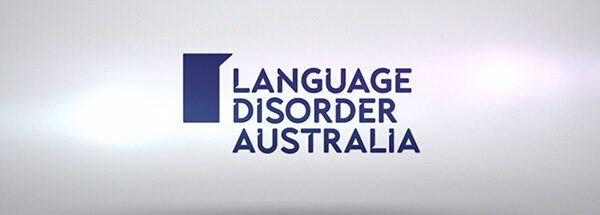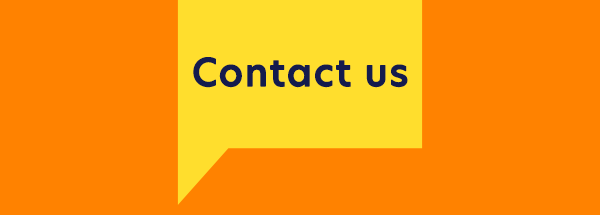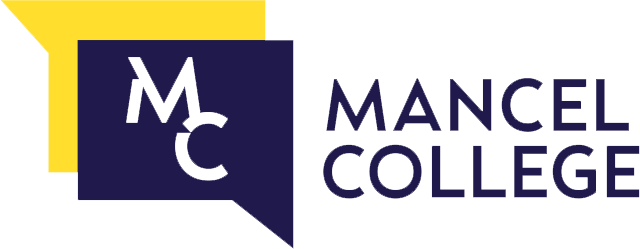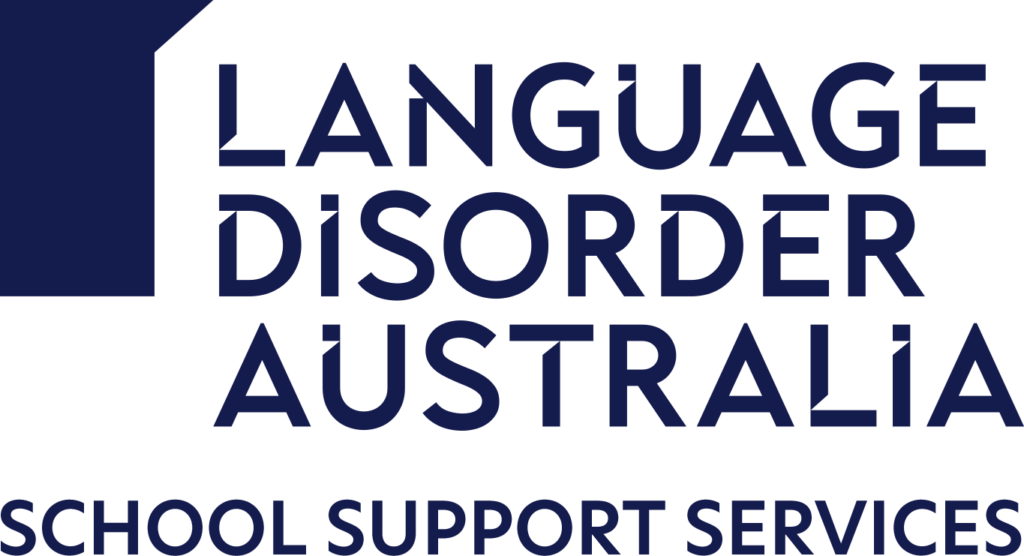- What is Language Disorder?
Language Disorder impacts a child’s ability to understand and use language.
Language Disorder is a neurodevelopmental disability that impacts a child’s ability to understand and use language. It impacts children and young people’s everyday social interactions and education.
What is Language Disorder? - Bright Door Clinics
- Mancel College
- School Support Services
Every child deserves the chance to succeed at school.
Getting a good start in school provides the foundation for a child’s learning and development for the rest of their lives.
School Support Services
Listed below are some “red flags” that may indicate a Language Disorder:
- Reduced babbling
- Limited use of gestures (e.g. waving, pointing)
- Family history of Language Disorder
- Difficulties understanding
- Difficulties combining words to make sentences
- Behavioural concerns
- Educational concerns
- Parental or teacher concern
Children and young people with Language Disorder may also present with:
- Attentional problems such as ADHD
- Motor problems such as Developmental Co-ordination Disorder
- Reading and spelling difficulties
- Emotional and Behavioural concerns
Red Flags for Language Disorder









